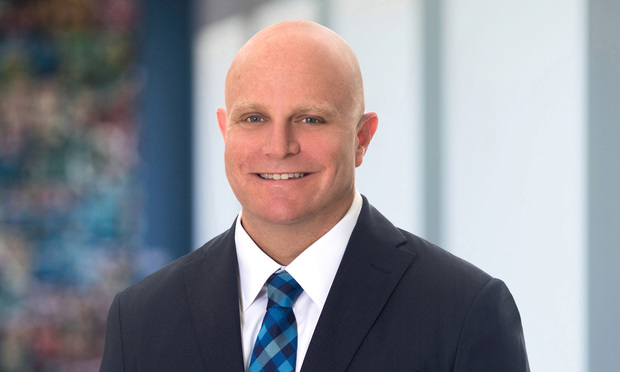Deepfakes challenge our assumptions about what is real and what is not. A combination of the phrases “deep learning” and “fake,” deepfakes are superrealistic digitally altered images that use machine learning algorithms to swap one person’s face or voice for another’s. Deepfakes can be photos, videos or audio recordings of people saying and doing things that never actually happened.
Since first appearing in 2017, deepfakes have largely been limited to amateur hobbyists putting faces of celebrities on the bodies of porn stars or making politicians say outlandish things. Deepfake technology can offer benefits ranging from improving and repairing video to creating apps that allow users to try on clothes or hairstyles. Yet as deepfakes become more realistic and accessible, concern about the potential harm they pose has increased. Though the available legal remedies concerning deepfakes are still in their early stages, both state and federal legislators have already enacted laws specifically aimed at deepfakes. While some commentators have called for further regulation of deepfakes, the prohibition of deepfakes raises First Amendment concerns.
The Birth and Rise of Deepfakes
This content has been archived. It is available through our partners, LexisNexis® and Bloomberg Law.
To view this content, please continue to their sites.
Not a Lexis Subscriber?
Subscribe Now
Not a Bloomberg Law Subscriber?
Subscribe Now
LexisNexis® and Bloomberg Law are third party online distributors of the broad collection of current and archived versions of ALM's legal news publications. LexisNexis® and Bloomberg Law customers are able to access and use ALM's content, including content from the National Law Journal, The American Lawyer, Legaltech News, The New York Law Journal, and Corporate Counsel, as well as other sources of legal information.
For questions call 1-877-256-2472 or contact us at [email protected]


 David Fink, with Venable.
David Fink, with Venable.




